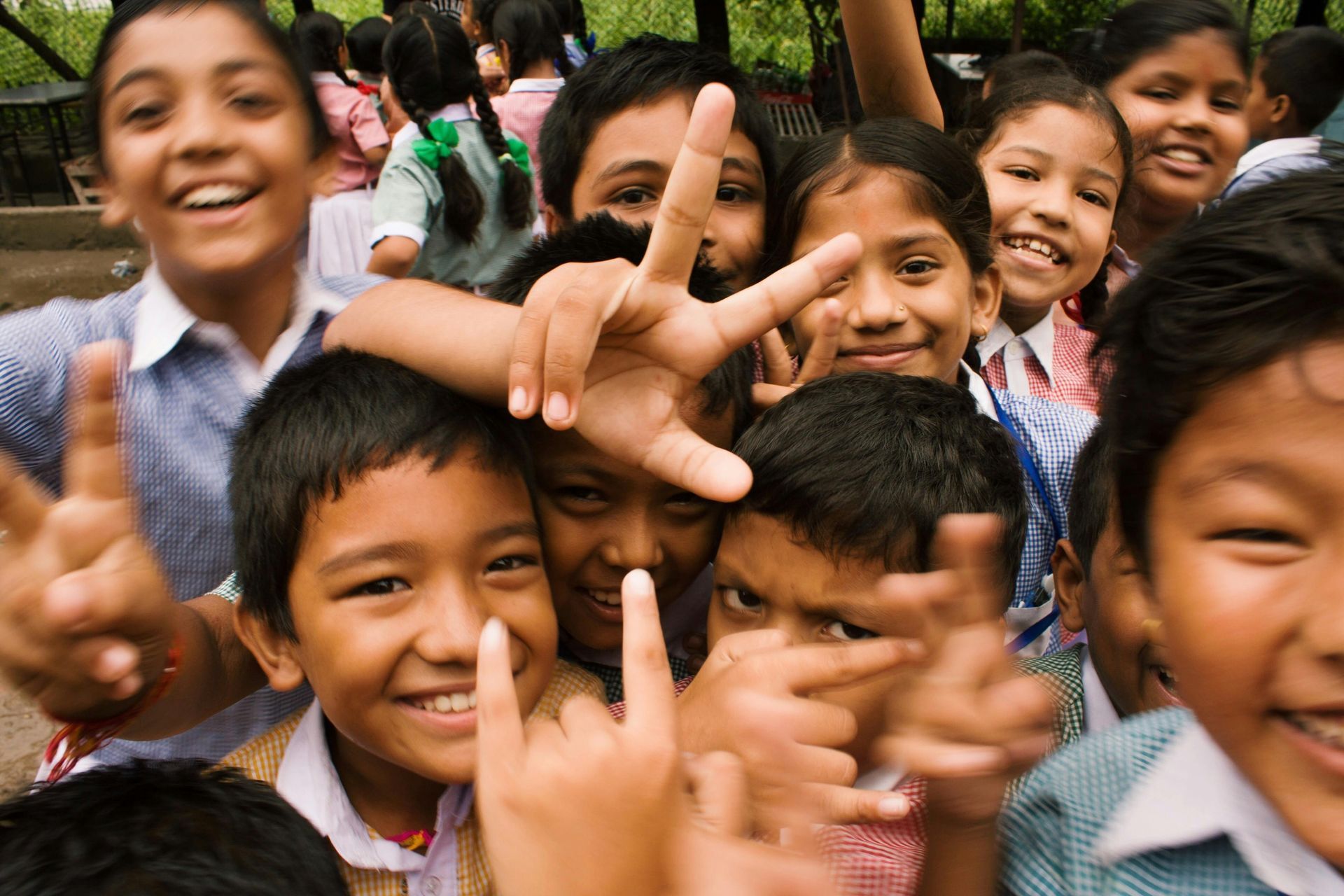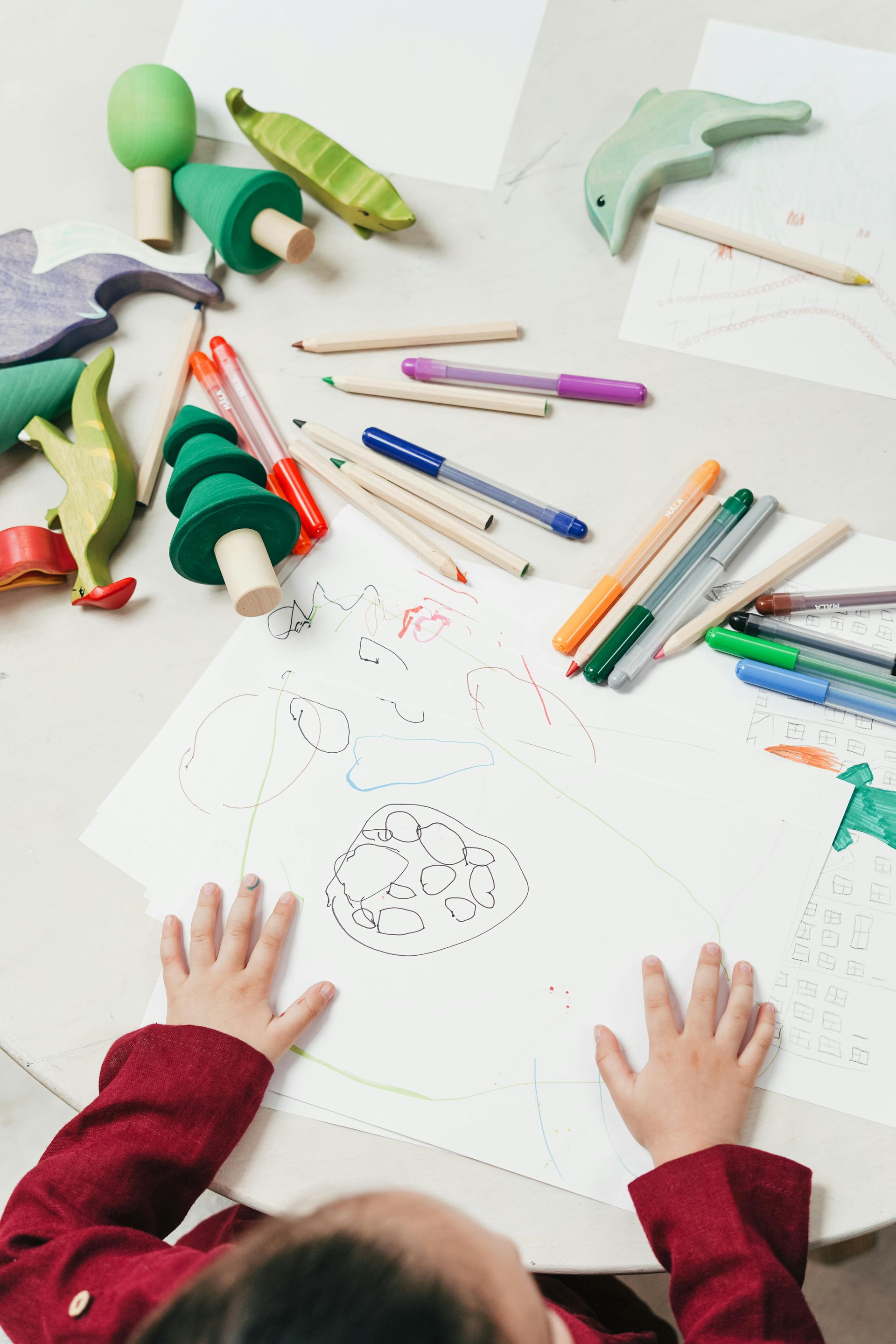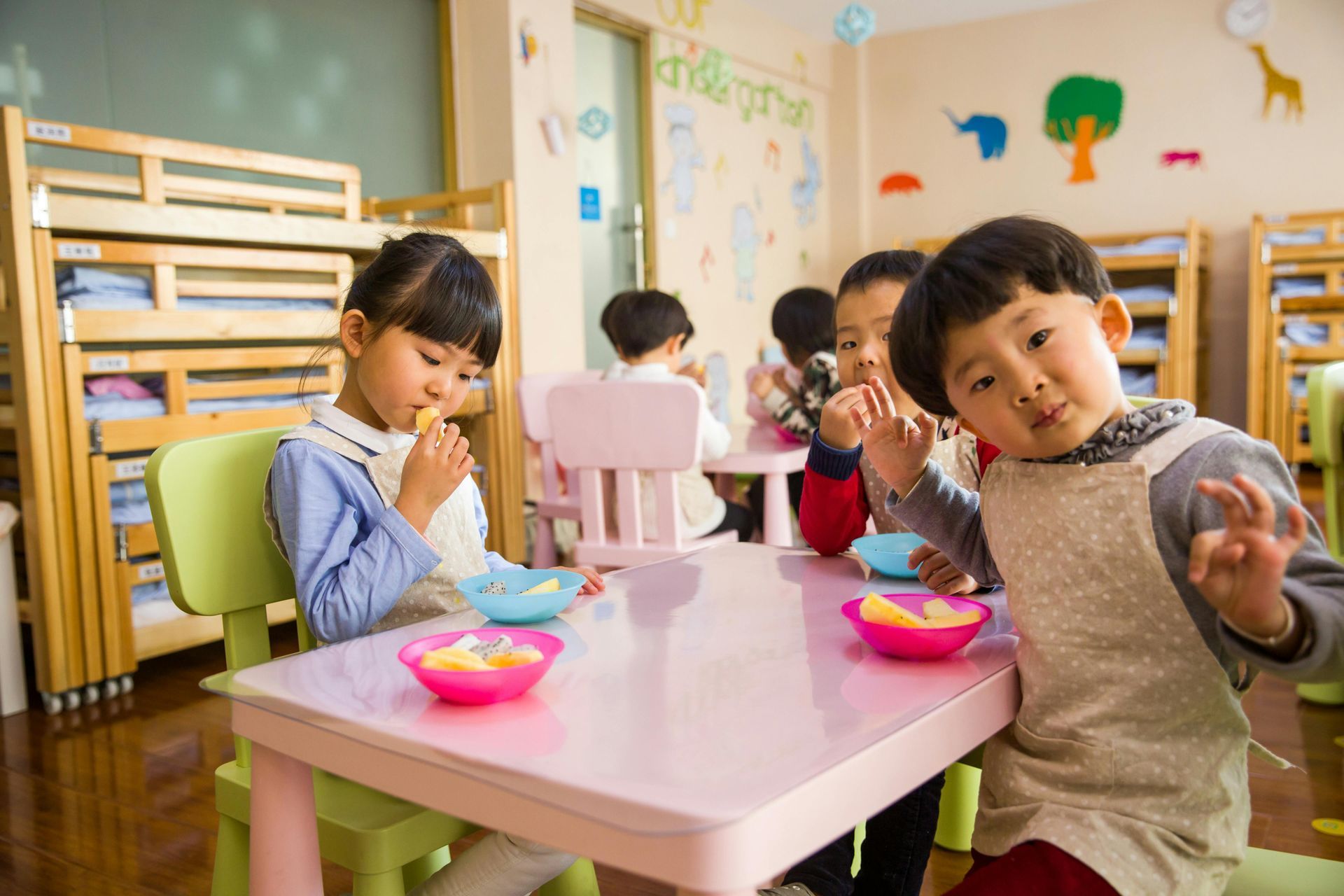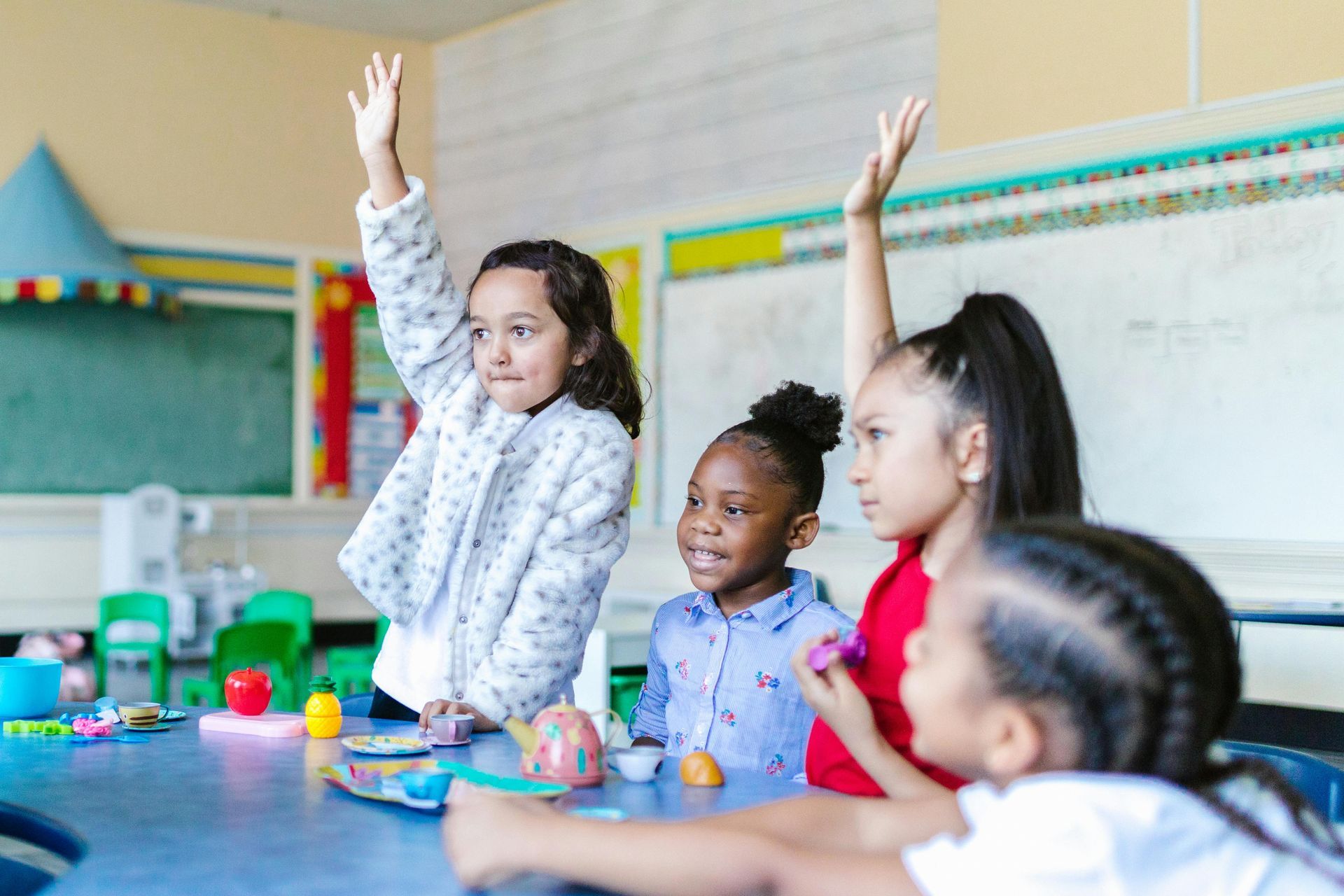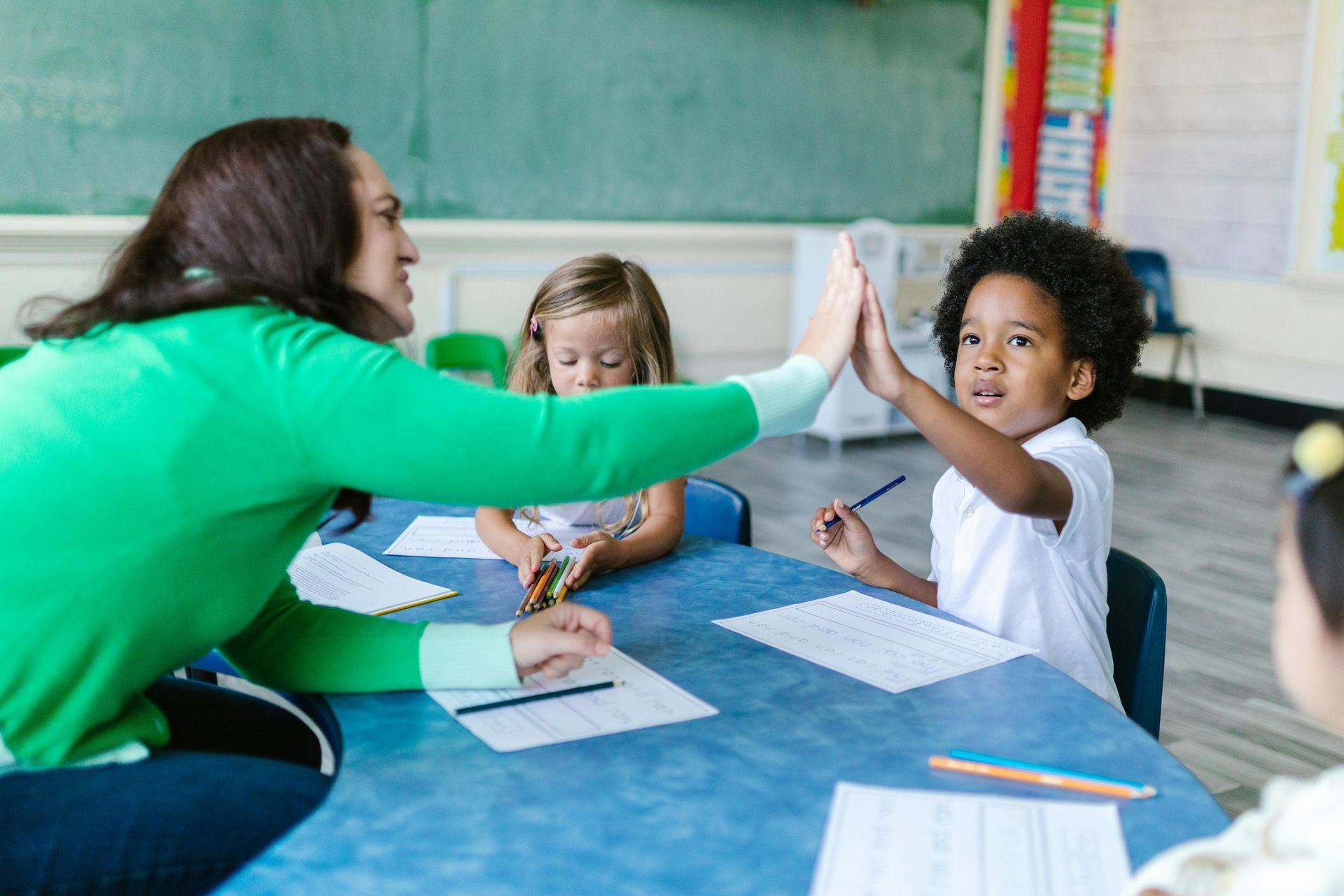Frequently Asked Questions About Montessori of Woodridge
What does “Montessori” mean?
The Montessori Method is named after Dr. Maria Montessori, the first female physician in Italy. She spent her life observing how children learn and develop, and her discoveries led to a revolutionary educational approach.
In a Montessori classroom, the environment is designed to meet each child’s developmental needs. Materials are hands-on, self-correcting, and inviting. The teacher acts as a guide, allowing the child to work at their own pace. As Dr. Montessori said, “The child is the father of the man.” Through this method, children build a strong foundation for a lifetime of independent learning.
How is a Montessori preschool different from traditional preschools?
In most traditional preschools, children follow a rigid, teacher-led structure. In contrast, Montessori schools focus on individual learning, allowing children to move freely within a prepared environment and choose tasks based on their interests and readiness.
Children work independently or in small groups after receiving lessons from the teacher. This fosters self-direction, intrinsic motivation, and critical thinking — not just memorization.
Why should I send my child to preschool?
A child’s brain develops most rapidly between birth and age five. This period lays the groundwork for lifelong learning, behavior, and health. A quality preschool program like Montessori provides:
- Early exposure to math, reading, science, and geography
- Social interaction in a respectful setting
- Language development and problem-solving
- Hands-on experiences that promote concentration and independence
Montessori education nurtures both the academic and emotional development of young children.
What does a Montessori classroom look like?
Montessori classrooms are organized, calm, and child-centered. Materials are arranged on low, open shelves. The room is divided into learning areas: Practical Life, Sensorial, Math, Language, Science, and Cultural Studies.
Children move about the room independently, selecting materials, working alone or with peers, and cleaning up when finished. Teachers observe and guide students individually rather than lecturing from the front of the room.
The environment is purposefully designed to help children focus, explore, and build confidence.
What is a typical day like in the Montessori classroom?
A typical day at Montessori of Woodridge includes:
- Arrival and greeting
- Independent work period (known as the “work cycle”)
- Individual and small-group lessons
- Snack and self-care routines
- Outdoor play or large motor activity
- Lunch
- Nap or rest time (for younger children)
- Extended-day learning for older students
- Afternoon enrichment, creative play, and group time
Children use floor mats or tables to define their workspace and may work quietly alone, with a partner, or observe others. Classrooms are active but peaceful.
How do children interact socially in a Montessori setting?
Montessori classrooms are inherently social. Children interact continuously — helping each other, working cooperatively, and learning conflict resolution skills. Older children naturally take on mentoring roles, while younger ones benefit from observing more advanced peers.
Respect, kindness, and community building are intentionally taught and modeled by teachers. Children develop a strong sense of belonging and social awareness through daily group activities, outdoor play, and collaborative work.
What is the role of the Montessori teacher?
Montessori teachers are guides, not lecturers. Their role is to:
- Prepare the learning environment
- Introduce materials through individual or small-group lessons
- Observe each child’s interests, progress, and readiness
- Step back to allow independent learning
- Redirect when needed without shaming or interrupting focus
Teachers support, encourage, and respect the child’s natural development. They tailor instruction to meet each child’s unique timeline and style of learning.
How do Montessori children transition to traditional schools?
Children who attend Montessori programs are generally well-prepared for traditional elementary schools. They’ve learned how to:
- Focus on tasks independently
- Work cooperatively with peers
- Adapt to new situations with confidence
- Follow routines and complete work with care
- Solve problems and ask thoughtful questions
These skills translate well into a variety of school settings. Many Montessori children excel in academic and social environments due to their strong foundations in responsibility, self-direction, and adaptability.
Will my child still learn how to socialize?
Absolutely. Montessori environments are designed to foster healthy social interaction. Children work together, help one another, and practice grace and courtesy in real time.
Teachers support emotional development by guiding children through conflicts, modeling respectful behavior, and encouraging inclusion. Every day includes group activities like circle time, music, movement, and outdoor play — all designed to build empathy and cooperation.
Is Montessori right for every child?
The Montessori Method is flexible, inclusive, and adaptable to different personalities, learning styles, and backgrounds. Children who are curious, active, observant, introverted, or exploratory all find success in a Montessori setting.
This is not a one-size-fits-all model — it’s an approach that recognizes the uniqueness of each child and gives them space to grow into confident learners.

Pat Whyte also leads the administrative team, overseeing all aspects of program coordination, staffing, and curriculum implementation. Her decades of Montessori training span age groups from 3–12, and her influence is present in every beautifully prepared classroom at our school.
Jim Whyte assists with daily operations, building maintenance, purchasing, meal prep, and office support. His presence ensures smooth logistics and a safe, well-maintained school environment.
Administrative Leadership
Still Have Questions?
We’re happy to speak with you personally to answer any additional questions about our Montessori programs, curriculum, or classroom environment.
6953 Woodridge Drive, Woodridge, IL 60517
Tours available by appointment
